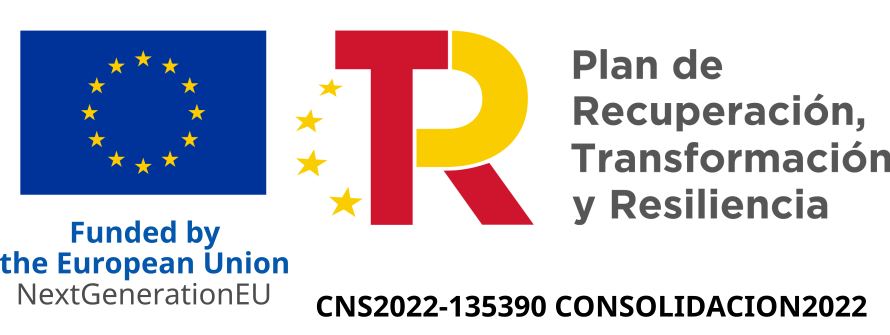Watch the talk in youtube
In this talk which is based on the joint work with Kentaro Saji given in [3], taking into account the Legendrian dualities in [2] which are extensions of the Legendrian dualities in [1], we first introduce new extended Legendrian dualities for the 3-dimensional pseudo-spheres of various radii in Lorentz-Minkowski 4-space. Secondly, by connecting all of these Legendrian dualities continuously, we construct Legendrian dual surfaces (lying in these 3-dimensional pseudo-spheres) of a spacelike curve in the 3-dimensional lightcone. Finally, we investigate the singularities of these surfaces and show the dualities of the singularities of a certain class of such a surface in the 3-dimensional lightcone.
[1] S. Izumiya, Legendrian dualities and spacelike hypersurfaces in the lightcone, Moscow Mathematical Journal, 9 (2009), 325-357.
[2] S. Izumiya, H. Yildirim, Extensions of the mandala of Legendrian dualities for pseudo-spheres in Lorentz-Minkowski space, Topology and its Applications, 159(2012), 509-518.
[3] K. Saji, H. Yildirim, Legendrian dual surfaces of a spacelike curve in the 3-dimensional lightcone, Journal of Geometry and Physics, 104593, https://doi.org/10.1016/j.geomphys.2022.104593




 Visite nuestro canal
Visite nuestro canal
